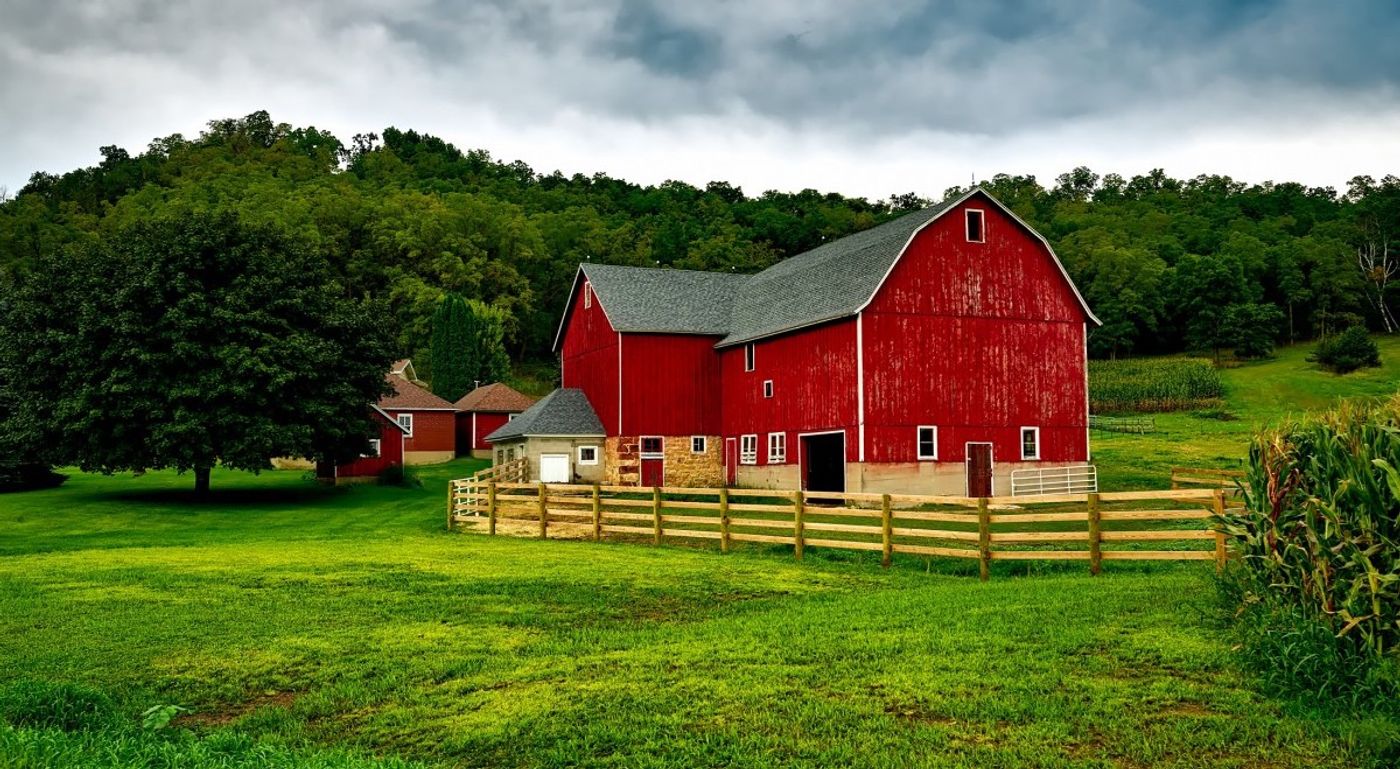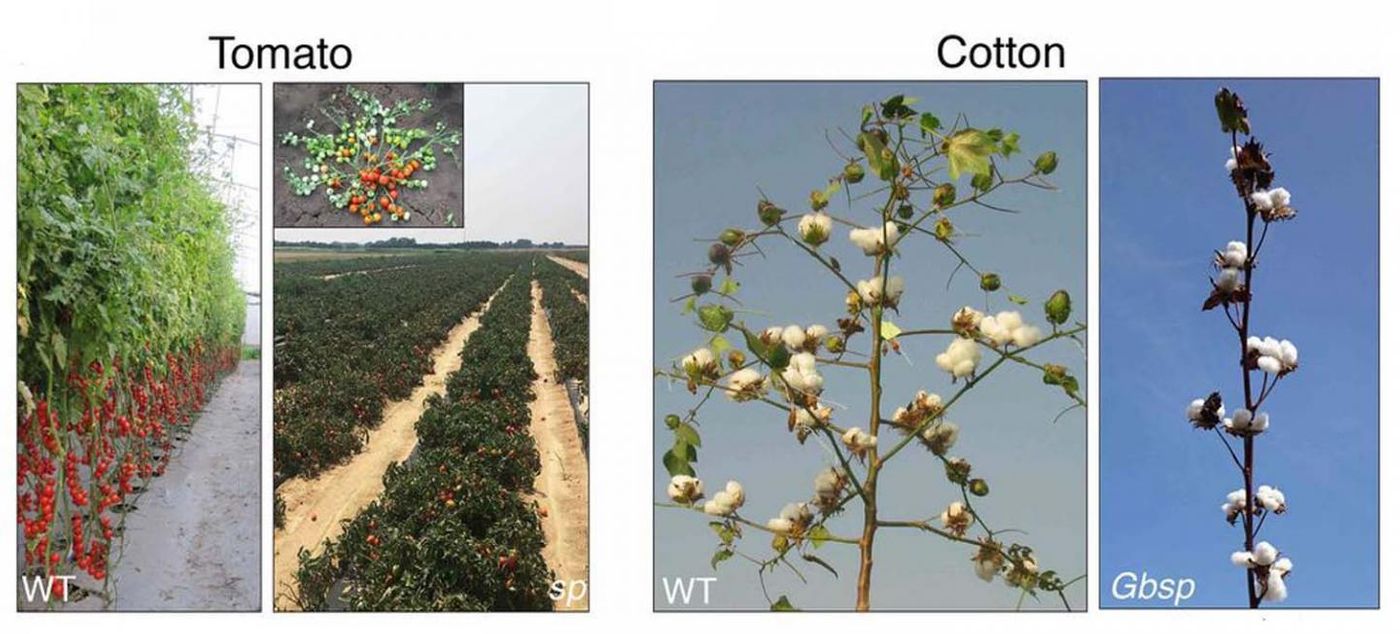We Already Have the Ingredients for the Next Food Revolution
The third agricultural revolution, also called the Green Revolution, changed the way millions of people lived in the 1950s and 60s as infrastructure improvements, fertilizers, and pesticides were introduced to agriculture, dramatically improving yields. According to the United Nations, as the world’s population increased ahead of the millennium, demand for food rose steadily and agriculture answered the call. Diets were diversified and the price of food fell, until 2004. That year, the demand for food overtook the supply and in 2005, serious weather disasters had a significant negative impact. By 2015, the number of undernourished people in the world was rising again, and by 2018, an estimated 821 million people were underfed.
Howard Hughes Medical Institute investigator Professor Zach Lippman of Cold Spring Harbor Laboratory (CSHL), and plant development expert Yuval Eshed of the Weizmann Institute of Science in Israel have now taken a look at agricultural innovations from the last fifty years to see how they can help us address the challenges that now imperil our food supplies. They believe that we already have the tools we need to start the next revolution in agriculture.
Genetic engineering has enabled us to take control of a plant’s biology, and the review the researchers published in Science cites many examples. We can adjust the yield of a plant by tinkering with flowering mechanisms, we can engineer plants that grow faster, are more tolerant of drought, fertilizers, or a wider range of temperatures, and we can generate hybrids that aren’t susceptible to the same diseases that impact important crops.
While farmers used to domesticate plants by searching through wild plants and selecting the ones that were best suited to agriculture, then breeding them, scientists have sped up the process dramatically. Research has shown that two hormonal signals are crucial to plant growth; Florigen helps control flowering, while Gibberrellins impact stem height. Gene editing can be used to rapidly introduce any number of changes to these important regulatory systems, suggested Lippman and Eshed, and can be used to surmount any number of hurdles.
Wheat was developed to generate big yields, but the tall plants would fall down and rot. After Nobel winner Norman Borlaug mutated the plant so it would be shorter, it became far more reliable as a food source. The same technique was used in rice, which was then able to withstand violent storms that would have destroyed the old rice plant. Cotton crops in China have been improved by altering Florigen and its opposite, Antiflorigen, creating a smaller bush that would flower faster. Even though it’s not like cotton, a mutation influencing Antiflorigen changed the tomato too, noted Lippman.
The self pruning (sp) tomato mutant (right) has a 'determinate' habit with compact flower bursts and fruit production compared to the 'indeterminate' vine-like growth of classical plants (left). The sp cotton mutant (Gbsp) has determinate shoots that result in the 'clustered boll' trait. These mutants are shorter and have multiple crop production adaptations. / Credit: Eshed, Lippman, T. Zhang
"They're evolutionary very different in terms of the phylogeny of plants. And despite that, what makes a plant go from making leaves to making flowers is the same," said Lippman. "That core program is deeply conserved."
The scientists noted that mutations can have powerful effects on plants if they affect critical systems like Gibberellin, Florigen, or both. Careful breeding over many generations can create the perfect plant for agriculture. But with a technique like CRISPR, those processes happen much faster. It may be important to not only tinker with existing mutations, the researchers noted, but to find new ones.
"If past tuning has been creating genetic variation around those two core systems, maybe we can make more variety within those systems," he added. "It would certainly mitigate the amount of effort required for doing that tuning, and has the potential for some surprises that could further boost crop productivity, or adapt crops faster to new conditions."
"There's a lot more room for us to be able to create more genetic diversity that might increase productivity and improve adaptation survival in marginal grounds, like in drought conditions," Lippman said. He is featured in the video below discussing his work.
Sources: AAAS/Eurekalert! via Cold Spring Harbor Laboratories, Science










